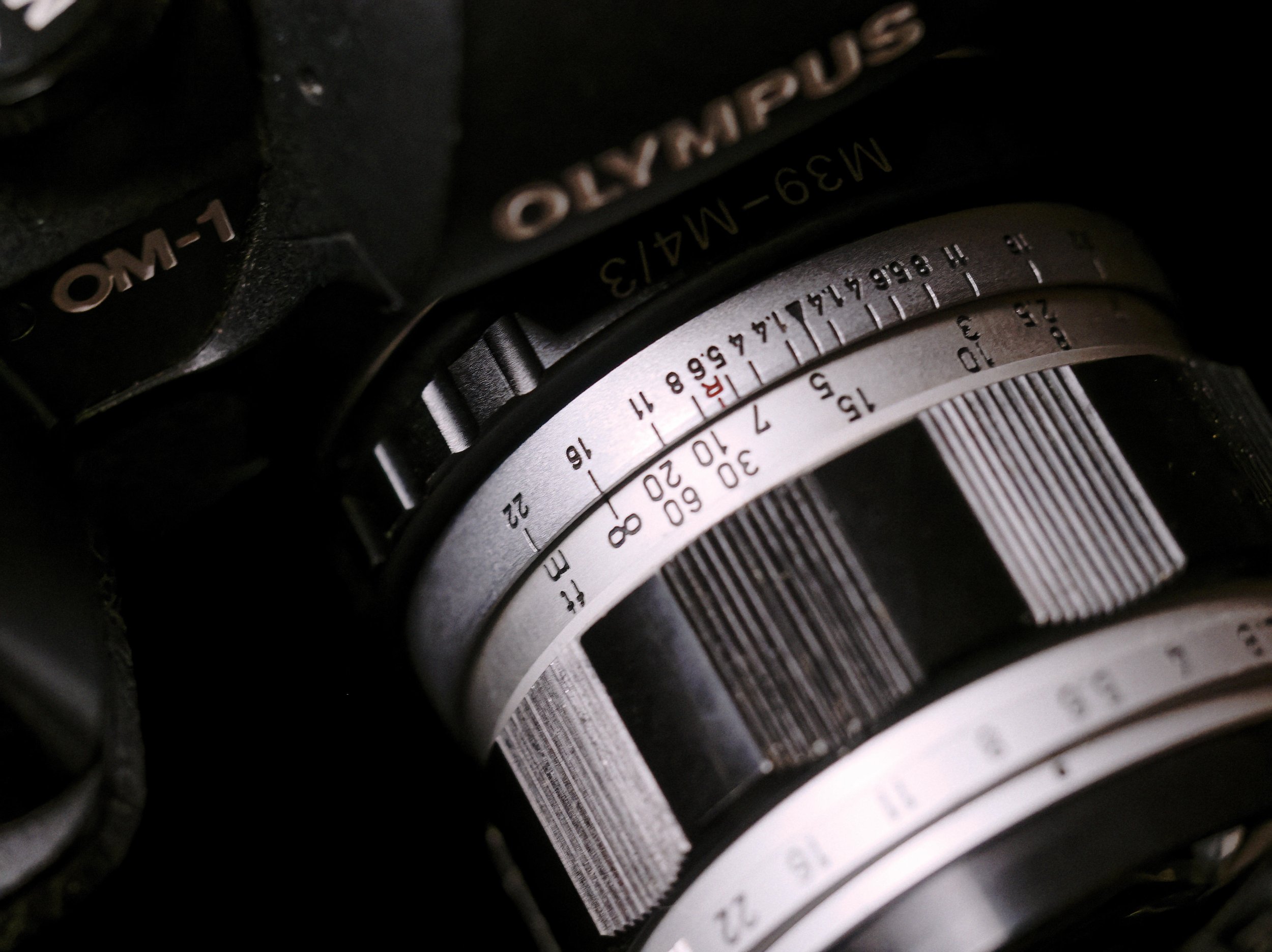The Canon 50mm/1.4f (LTM): A Timeless Classic
The one constant in the universe is change, and the year 1957 was no exception. The USSR launched Sputnik, humanity’s first artificial satellite. In Europe, the European Economic Community was established with the Treaty of Rome. In America, federal troops were dispatched to Little Rock Central High School in Arkansas to enforce anti-segregation laws and the number one song was, “All Shook Up” by Elvis Presley.
In the world of photography and on the other side of the globe in Japan, Canon introduced the 50mm f/1.4 Leica thread mount (LTM) lens. It was then, and remains now, a jewel of a lens; a timeless and compelling photographic tool despite our ever-changing world.
Production History and Types
The Leica thread mount Canon 50mm f/1.4 is widely referred to as the Japanese Summilux. This is both deserved praise and a disservice. Praise because it speaks to its optical quality, and a disservice because it subtly implies that the Canon was nothing more than a Japanese copy of the German original. However, Canon’s 50mm predates Leica’s venerable lens by about two years.
Leica`s first version Summilux was made for just three years, from 1959 to 1961. Its re-engineered second version was produced in 1961 and continued until 2004. One could argue that Leica`s desire to re-engineer their 50mm f/1.4 Summilux so soon after it debuted was a direct result of the increasing quality of Japanese lenses.
Canon introduced Type I of its lens in 1957 and its production ran until the following year (serial numbers 10000-29390). Type II was introduced in 1959 and was produced until 1972 (serial numbers 29681-120705). After 1972, Canon would abandon the production of rangefinders and focus almost exclusively on SLRs.
Type I and Type II lenses use the same optical formula – six elements in four groups, based on the Planar design developed by Paul Rudolph at Carl Zeiss. The only difference between the two types appears to be cosmetic. On the Type I lens, the distance scale is represented in meters only, while on the Type II the distance scale is represented in both meters and feet. My review is based on the Type II lens. As of this writing, prices for both versions range from around $200 USD for a fair copy, to around $350 USD for a mint piece.
The lens was made for the (M39/LTM) Leica thread mount. As such, it will naturally mount to any LTM mount camera. In addition, it can easily be adapted to other film cameras and today’s mirrorless digital cameras by way of numerous inexpensive adapters.
Specifications of the Canon 50mm f/1.4 LTM
Mount – M39 (LTM) Leica Thread Mount
Filter Size – 48mm
Elements/Groups – 6/4
No. of Aperture Blades – 9
Aperture Range – f/1.4 – f/22
Minimum Focusing Distance – 1 Meter (3ft)
Weight – 246g (8.7 oz)
Finish – Black, white, and chrome
Build and Use
Those who have used vintage lenses or those who are collectors of vintage lenses will immediately recognize the weight and feel of the Canon 50mm f/1.4 LTM in their hands. The build of this lens is pure old school. It’s a completely manual lens. It’s compact. It’s all metal and glass. It has a good solid weight (246g) but it’s not too heavy for a lens of this type. The aperture ring is tight with full-stop clicks. There is an infinity lock on the lens barrel (which can be distracting but is easily removed if desired).
The focusing ring, at least on my copy, is firm. It’s textured, which allows for a confident grip throughout its focus throw, which is long. This is great when we need pinpoint focus, for example, when doing portrait work or having a slow-moving or stationary subject. However, this long throw also makes it unfortunately easy to miss a shot in scenarios where rapid focus is required – running after small children or doing street photography.
Images
The lens is sharp, especially for a lens from its era. Even when shot wide open it retains sharpness. At f/1.4 it also presents that vintage glow so characteristic of lenses from the 1950s. At this, its maximum aperture, it makes images with vignetting and lessened contrast. Naturally, this vignetting becomes less apparent and contrast increases when the lens is stopped down.



Many lenses from this time period are prone to flare, and this lens is no exception, but the Canon 50mm does a satisfactory job of controlling it. But let’s get real, we shoot a vintage lens for its character, not for its corner-to-corner clinical sharpness.
The bokeh is smooth, organic, buttery, and dreamy. But it can turn busy if you have a background with high contrast.





Shooting on color film, the lens renders colors quite well but a bit pastel and cool (the temperature can be corrected these days easily in Lightroom or your preferred photo editing software). With black and white film, it truly shines. I swear every time I view black and white images from this lens on my computer screen it cries out to be printed. I’m taken back in time. Images become timeless.
Using the lens on a digital camera allows for some truly unique images especially when shooting portraits. The lens has its own aesthetic shot wide open. Professional modern lens are engineered to such perfection that many of the images from the major brands have become indiscernible from one another. Images can sometimes become clinical and soul-less.



Final Thoughts
Is it fair to compare the Canon 50mm f/1.4 LTM to Leica’s 50mm f/1.4 Summilux? Not really. The Canon came first. And it’s still a better value. The original Summilux can’t be bought today for less than $2,000 compared to Canon’s (approximate) price of $250. (An interesting side note – Leica’s current version, the Leica Summilux-M 50mm f/1.4 ASPH, is arguably the best 50mm lens on the planet and its price tag of $4,395.00 USD testifies to the claim.
For its low price and the quality of images it delivers you can’t do much better than the Canon 50mm f/1.4 LTM. Here’s what you do – buy yourself a mint copy of this lens and take care of it, because it will take care of you for the next fifty years. It’s a lens that has character, it has class and it has remained timeless.









